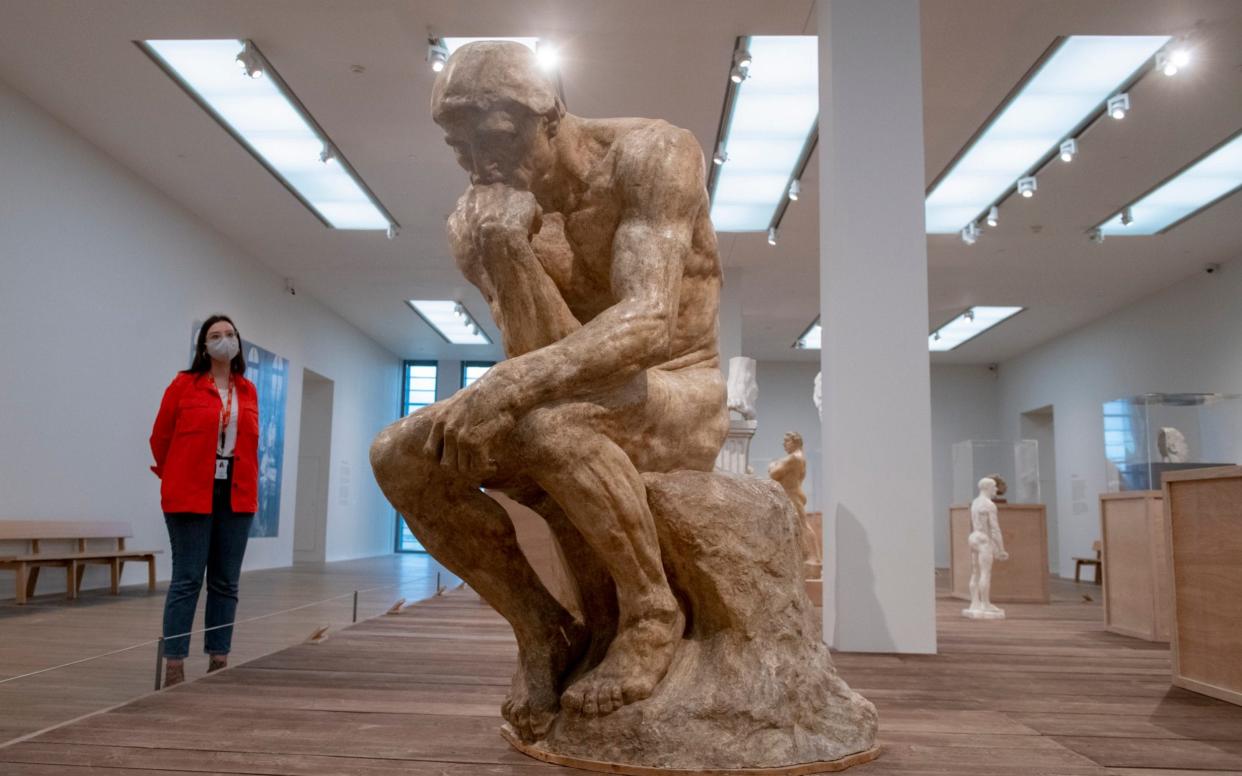Rodin accused by new Tate Modern exhibition of sexism and appropriating looted artefacts

Tate Modern’s Auguste Rodin exhibition portrays him as a great artist but a man who “may not be the best relationship material”.
Achim Borchardt-Hume, who curated the show, said Rodin’s work “has continued relevance and importance, otherwise we wouldn’t be doing an exhibition”.
But he said that attitudes in Rodin’s time were very different to those of today, particularly regarding women.
In the last decades of his life, Rodin focused primarily on female figures. But the Tate’s notes explain: “The conventional relationship between male artist and female model was starkly unequal, and Rodin did not identify these women, or personalise their nude bodies.”
The show highlights the artistic contribution made by several women in Rodin’s life.
Borchardt-Hume said: “At least 50 per cent of figures in the exhibition are male to show that Rodin, far from only showing naked women, showed just as many naked men and with just as unflinching an eye.
“But also we do not gloss over things. When he worked with women in the studio, they were not given individual features.
“In many ways you could say that Rodin was a very archetypal 19th century Frenchman who behaved accordingly.
“Do we want to constantly say that was all great? What we say is, ‘Well, there’s a tension there.’ Because he’s a great artist, the work is fantastic. But maybe as a woman today you would think he may not be the best relationship material.”
The exhibition also notes that some of Rodin’s works involved “appropriation” - decorating ancient artworks that he had bought from Parisian dealers who traded in antiquities stolen during “the sharp expansion of European colonisation”.
Another text on the wall of the exhibition addresses the “whiteness” of Rodin’s sculptures, a continuation of a tradition that “privileged the allegedly superior artistic achievements of Europe, often to the detriment of other cultures”.

 Yahoo News
Yahoo News 
